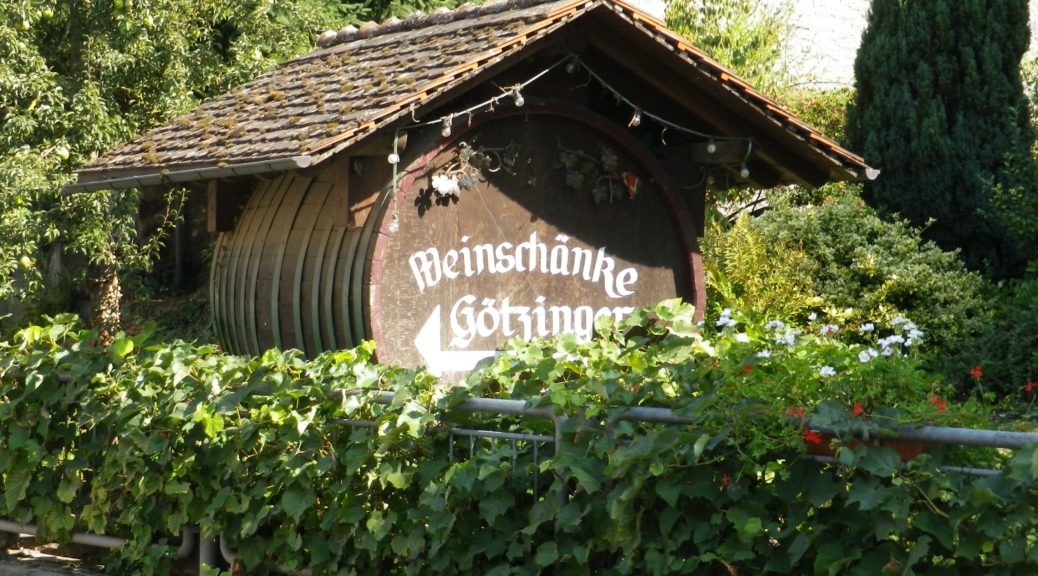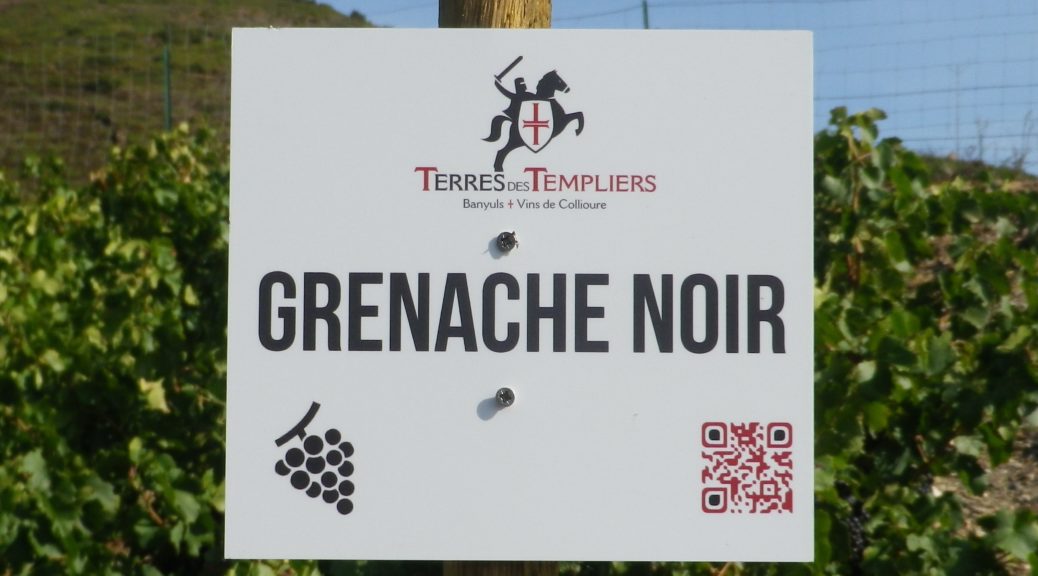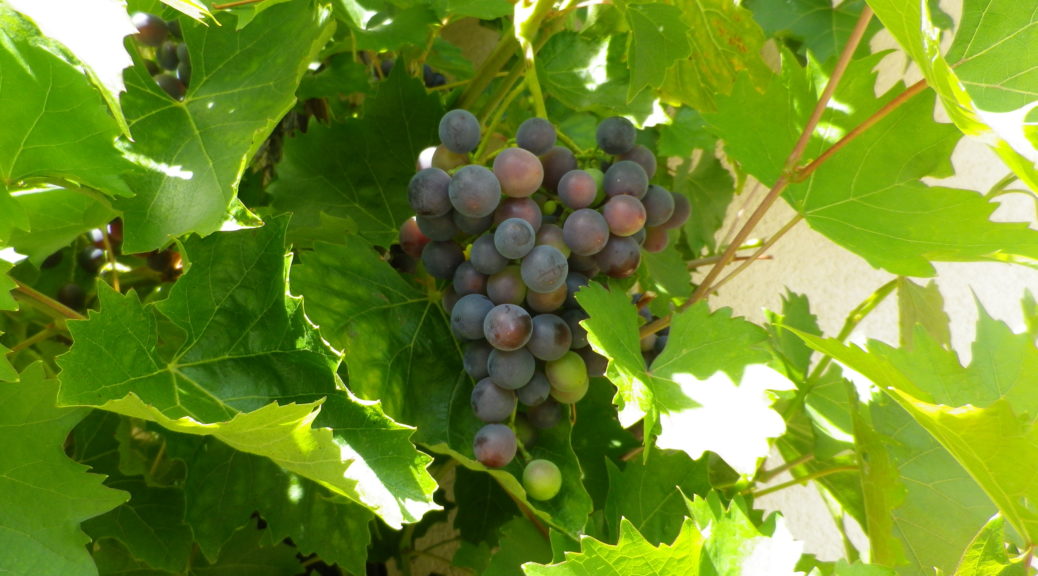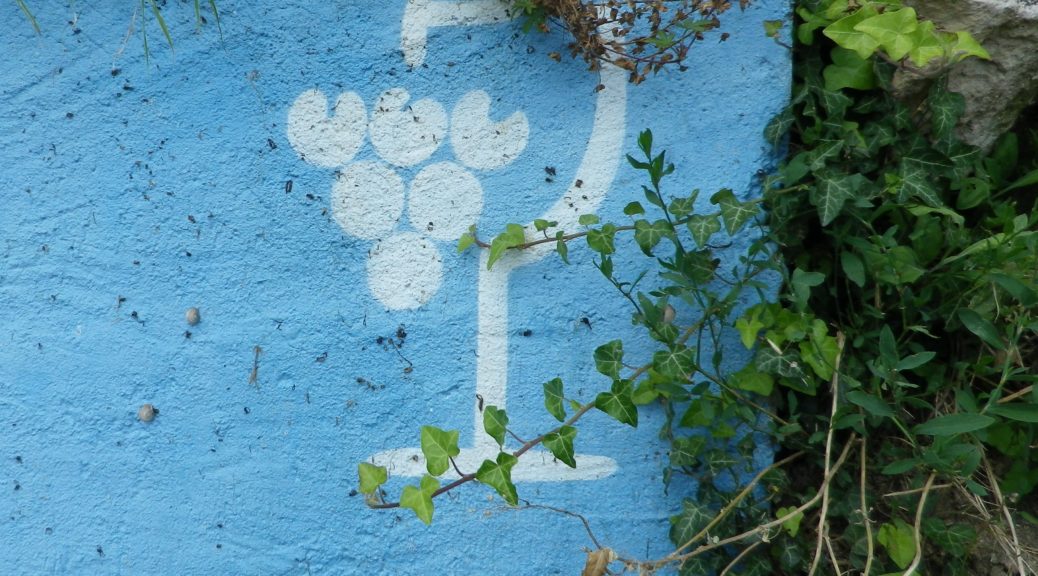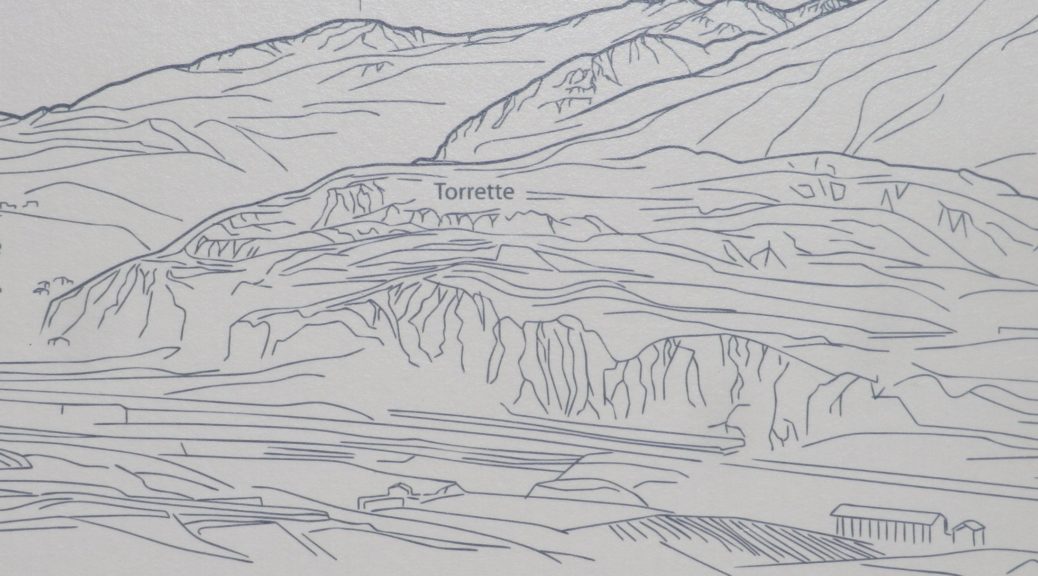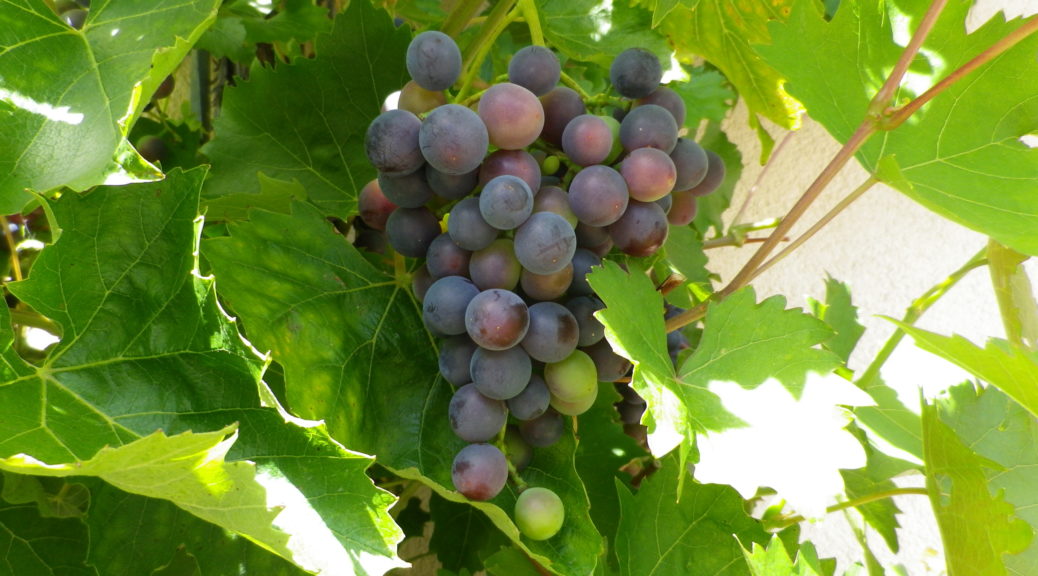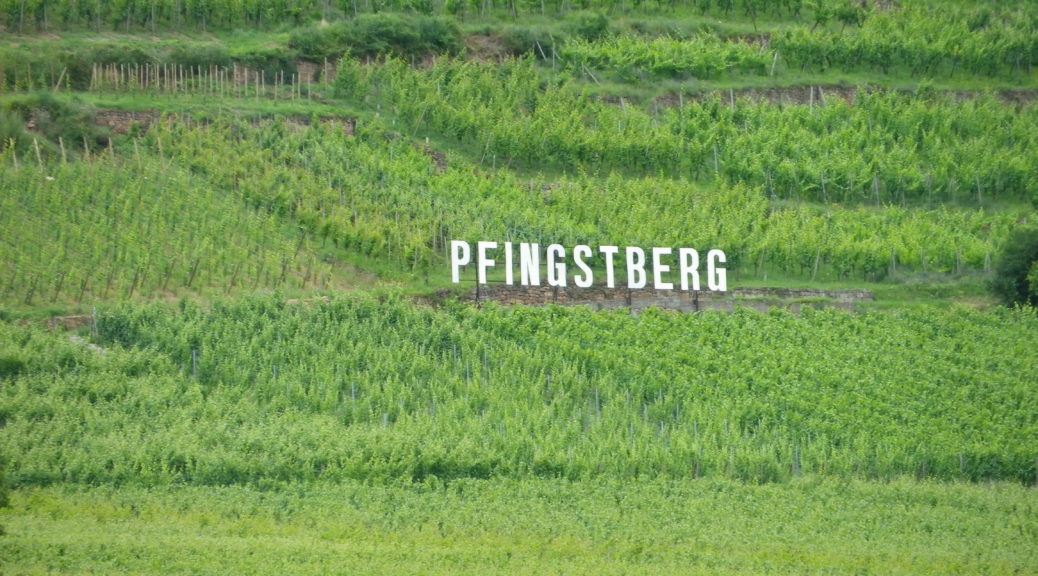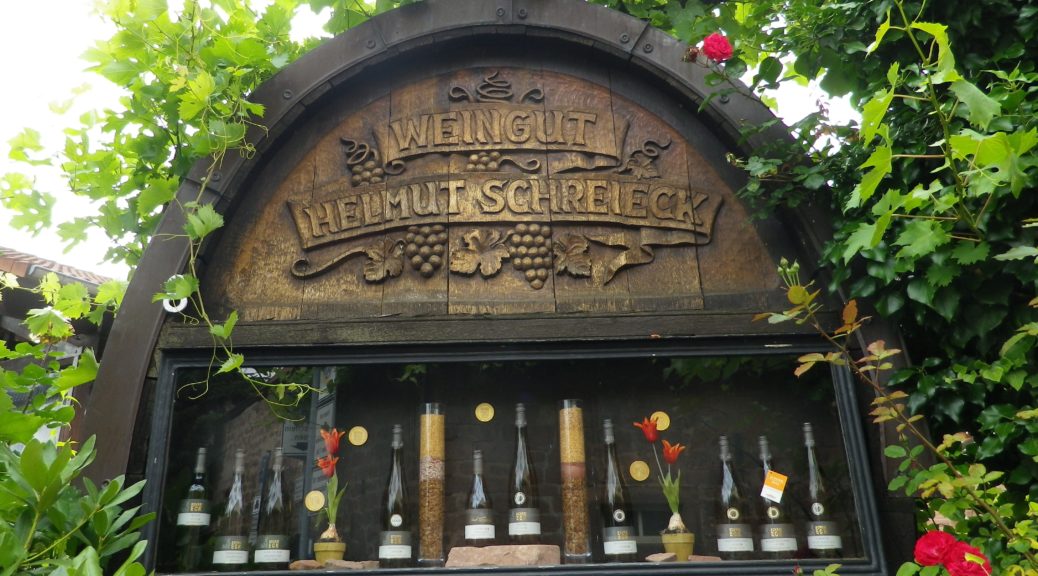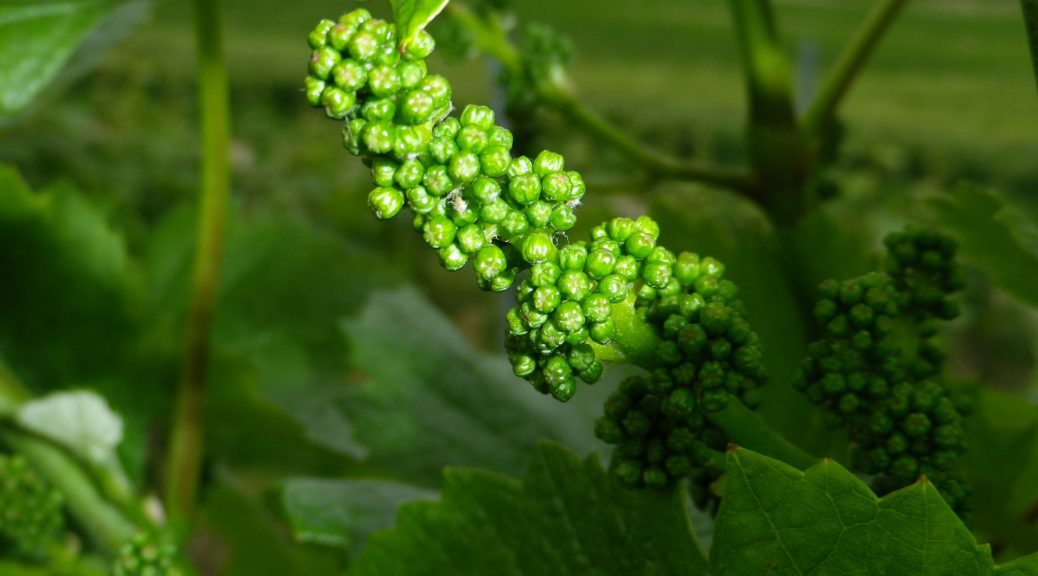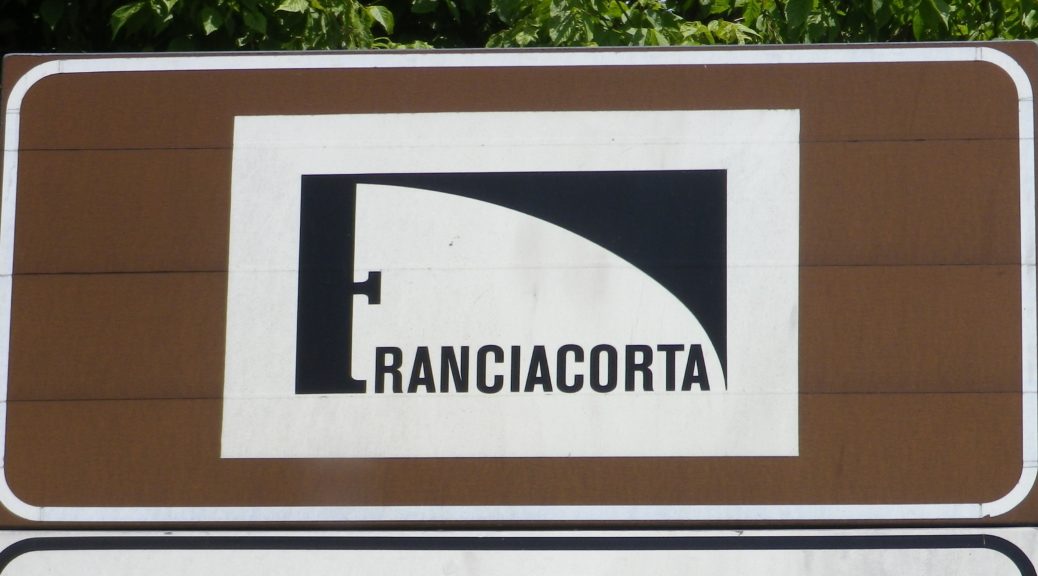What I Learned
The Hessische Bergstrasse is one of the smallest wine regions in Germany, with less than 450 hectares of land under vine. Facing onto the Rhine River valley, with the Odenwald mountains and forest at its back, the weather here is milder than in most other places in Germany. The name of the region comes from the “mountain road” (Berg Strasse) that the Romans built along the foothills. Roman roads often had relay stations, small forts and taverns to serve officials and soldiers as well as travelling merchants. And where Romans resided, they often planted vines for wine. So, the first evidence of viticulture dates to 2,000 years ago.
